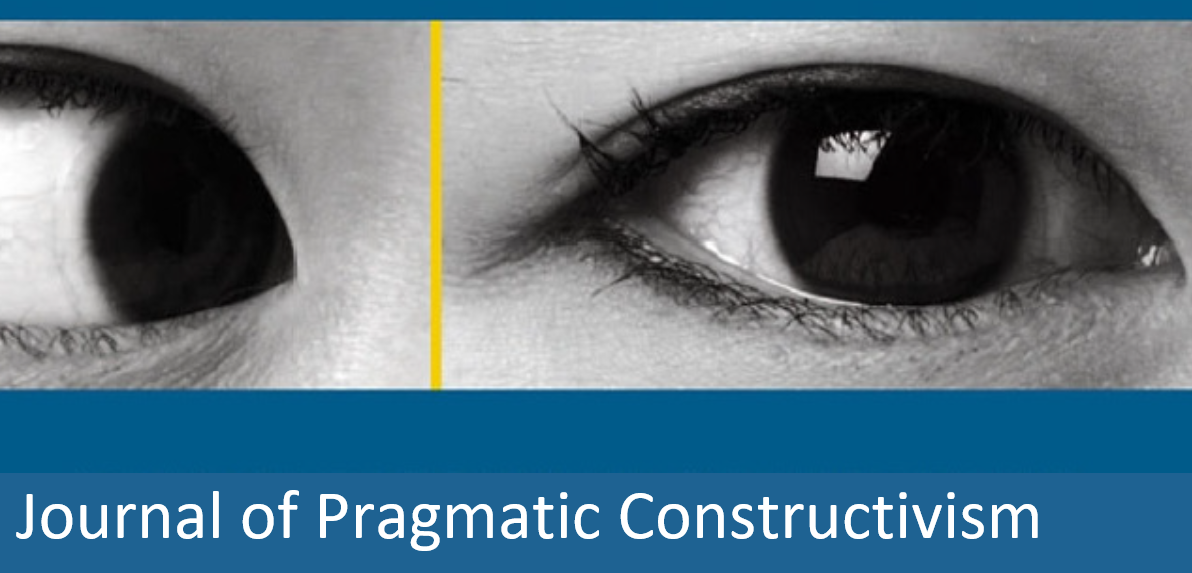The gender budget as a tool for gender equality?
Analysing its effectiveness through the lens of pragmatic constructivism
DOI:
https://doi.org/10.7146/jopracon.v12i1.135313Keywords:
Gender budget, higher education, university, pragmatic constructivismAbstract
This paper investigates which values are communicated by public universities through the elaboration of gender budgets and whether and how coherence is built with the respective performance measurement systems. In a society where increasing pressures are put by national and international institutions to guarantee gender equality and fight against any kind of discrimination, universities are expected to play a key role in pursuing such goals and support the development of a culture of integration, respect, and equal opportunities. Among the different initiatives, universities are adopting a gender budget to allocate resources and plan specific activities to achieve gender equality. To account for the results achieved and monitor whether the results are aligned with the expectations and the stated objectives, sound performance measures are required. In this regard, the current research analyses the content of three different gender budgets elaborated by Italian universities in order to investigate whether the performance measures and narratives adopted are aligned with the stated goals and values communicated, thus being able to guide universities toward gender equality.
Downloads
Published
How to Cite
Issue
Section
License
Previous and future use of the work
Journal of Pragmatic Constructivism assumes the non-exclusive rights to publish and store the work of its authors, once they have consented to a publication. Since the rights to publish are non-exclusive, authors are free to further develop their work and to publish it in other media. Hence, it is explicitly allowed that works submitted to Journal of Pragmatic Constructivism may be published in a somehow similar, but further deveoped, form in other media. Yet, submitting authors warrant that the work is not an infringement of any existing copyright and will indemnify the publisher against any breach of such warranty.
Permissions
By submitting work to Journal of Pragmatic Constructivism, the authors declare that they have permission to use any content that has not been created by them. Specifically, when using tables, figures or excerpts of more than 400 words, it is expected that the authors…
- …obtain written permission of copyright for the use in print and electronic formats of any of their text, illustrations, graphics, or other material, in their work. This includes any minor adaptations.
- …acknowledge the original source in captions and in the reference list.





